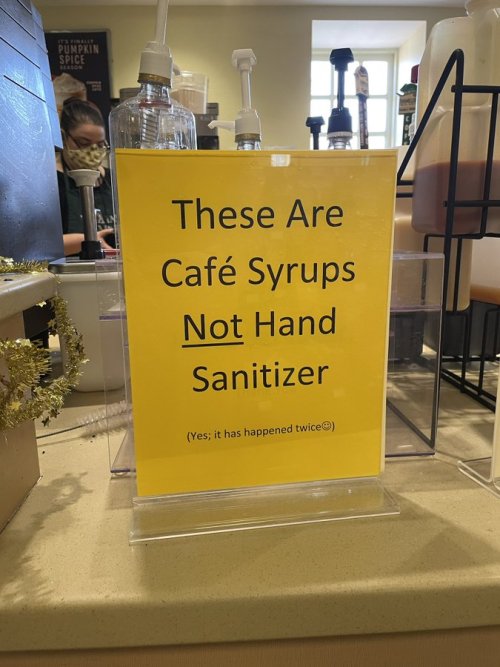After The Huge Amazing Response I Got From My Ace!Jiang Cheng Comic - All Of The Ace People Saying How
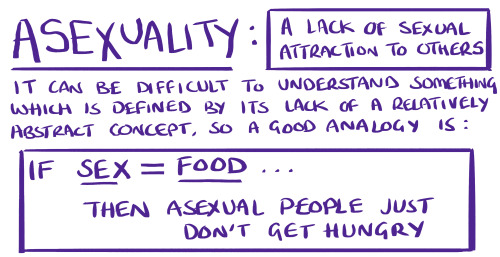
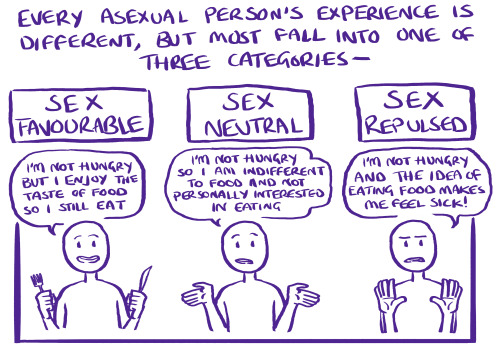
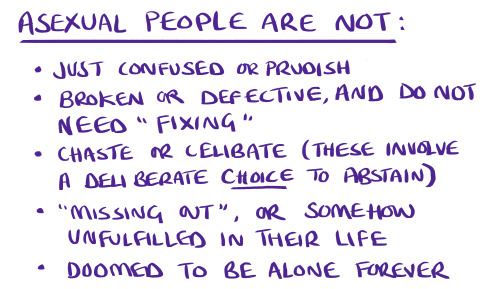
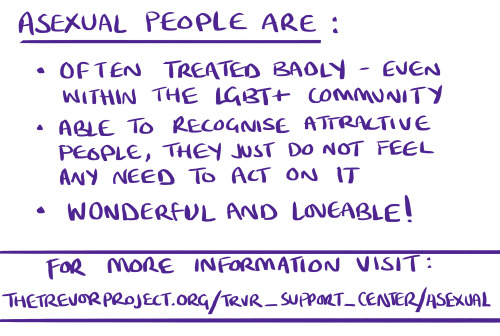
after the huge amazing response I got from my ace!Jiang Cheng comic - all of the ace people saying how amazing it felt to be acknowledged, and all of the people who came to me saying that they hadn’t realised they were ace until they read the comic - I decided I wanted to make something for ace awareness week. it’s not quite as pretty or feelsy as the other comic, but there are so many people even within the LGBT+ community who just… genuinely do not understand asexuality, I figured even something basic would help :)
happy ace awareness week! please remember: everyone’s experience with sexuality is different! be kind and support each other!
More Posts from Enbylvania65000 and Others
Just realised tumblr allows html editing, but the other reasons still apply. Also, it's just not the same editing within the confines of a tumblr panel and doing so from a website you can fine tune the layout of and control the comments on etc
I feel like maybe starting a blog again I want to write in depth posts about topics with full html support And I also want to talk politics in a public space without all the problems of talking politics on social media. Especially I want to keep my tumblr account mostly non-political.
Also first time posting in months Again. Or even checking tumblr. But this is my only social network now (stopped using twitter even before the fiascos with Musk) and I kind of miss having that. But I also find myself with a lack of anything to share. Life has been pretty boring in most non-political regards.
Hey, help me please. How do you write description in your novels? Not a character one, surrounding ones. How do you describe from 3 POV , the background of the novel?
5 Tips for Writing Great Descriptions
Hi there! Thanks for writing. I talk at length about this in my book The Complete Guide to Self-Editing for Fiction Writers (See Chapter 4 / “Building Your Story World,” Chapter 16 / Setting the Scene, and Chapter 21 / “Choosing the Right Details” for the majority of the discussion about description, but it’s peppered throughout), so I’ll just give a brief rundown here. :)
Tip #1: Use concrete, sensory details
That means describing, with precision, a detail you can see/hear/touch/taste/smell. Avoid using vague words that are hard to visualize or sense, like “the house was ugly” or “the weather was bad.” Instead, choose a sensory detail (or two) for your descriptions, for example “the house was a wretched shade of salmon pink” or “the wind was blowing I could taste dust in my mouth.”
Tip #2: Try not to over- or under-use descriptions
It’s common for beginning writers to either use no description, or go completely overboard. I give examples of both in my book. While there’s no hard rule about how much description is too little or too much (it depends a lot on the particular story, genre, and the writer’s style), I personally like to include around 4-5 sensory details per page.
The idea is to give the reader a solid sense of where they are without going on and on, making them want to skim over as you carry on for paragraphs about the smell and texture of a doily.
Tip #3: Use more description during important parts of the story
Description draws your readers attention to what you’re describing. Use that to your advantage. If that doily contains a blood stain that’s a pivotal clue in your murder mystery, by all means spend three sentences describing the particular color red of the blood or the weird smell it emits. Where you linger, the reader will linger.
Tip #4: Use description to set the scene
Use more description at the beginning of a new scene, or anytime the location of your story changes. I talk about this in the section on transitions in my book. Summary gets a bad reputation in fiction, but these transitional paragraphs are the perfect time to paint the scene with sensory details about your character’s surroundings.
Tip #5: Pay attention to “camera movement”
One common thing I see in writer’s manuscripts is what I call “jerky camera movement.” Here’s an example:
Jesse pulled into the driveway of the suspect’s mansion around noon. A white, floppy dog barked ferociously in the window. It was a warm, sweltering day. Jesse looked down and realized her shoe was untied. The house had three large columns in front, each wrapped with a gawdy red bow.
In this example, the “camera” moves from the driveway, to the dog in the window, to the “day,” to Jesse’s shoe, to the outside of the house. If that was your head, looking around the scene, you’d get dizzy pretty fast. Here’s a smoother movement, starting wide and focusing in on Jesse’s untied shoe.
It was a warm, sweltering day. Jesse pulled into the driveway of the suspect’s mansion around noon. The house had three large columns in front, each wrapped with a gawdy red bow. In the window, a white, floppy dog barked ferociously. As Jesse approached the door, she looked down and realized her shoe was untied.
These aren’t perfect examples because I’ve dashed them off just now, but you get the idea :) Try not to make your reader seasick by making them look all over the scene (unless you’re trying to achieve that effect, for example, in a scene where your protagonist is drunk or discombobulated).
Hope this helps!

Why Gritty Why
the rise in antisemitism rn is like looking up and seeing wolves mixed in with sheep in wolves clothing. if you don't want to kill me why are you dressing like you do?

Our campaign’s Big Bad, threatening our necromancer through her dreams: I am beyond your mortal comprehension. My name cannot be uttered by your tongue, I shall destroy-!
Our necromancer, nodding: I’m going to call you Jerry.
The boss’ name was later revealed to be Yogsathoth, but was never referred as anything but Jerry.



the long tailed silky-flycatcher is a thrush-sized passerine bird found only in the mountains of costa rica and western panama. females are duller in coloration than males and lack the signature long tail feathers. this species primarily feeds on insects, as their name suggests, but also takes fruit, with a preference for mistletoe. these birds lay only two eggs in a clutch, which are placed in a delicate nest made of lichen.
-
 blackfliesinbluesugar liked this · 2 weeks ago
blackfliesinbluesugar liked this · 2 weeks ago -
 cowwatcher liked this · 2 weeks ago
cowwatcher liked this · 2 weeks ago -
 shinigami-timelord reblogged this · 2 weeks ago
shinigami-timelord reblogged this · 2 weeks ago -
 shinigami-timelord liked this · 2 weeks ago
shinigami-timelord liked this · 2 weeks ago -
 thebelovedlion liked this · 1 month ago
thebelovedlion liked this · 1 month ago -
 noraqrosa liked this · 1 month ago
noraqrosa liked this · 1 month ago -
 drakeandjoshwiki liked this · 1 month ago
drakeandjoshwiki liked this · 1 month ago -
 pegazul reblogged this · 1 month ago
pegazul reblogged this · 1 month ago -
 illmanneredalpaca reblogged this · 1 month ago
illmanneredalpaca reblogged this · 1 month ago -
 thesevenofhearts reblogged this · 1 month ago
thesevenofhearts reblogged this · 1 month ago -
 corruptedremnant reblogged this · 1 month ago
corruptedremnant reblogged this · 1 month ago -
 tealisntblue liked this · 2 months ago
tealisntblue liked this · 2 months ago -
 dansdk liked this · 2 months ago
dansdk liked this · 2 months ago -
 sam-neather liked this · 2 months ago
sam-neather liked this · 2 months ago -
 missivorystone reblogged this · 2 months ago
missivorystone reblogged this · 2 months ago -
 eracqoon reblogged this · 2 months ago
eracqoon reblogged this · 2 months ago -
 eracqoon liked this · 2 months ago
eracqoon liked this · 2 months ago -
 valapologist reblogged this · 2 months ago
valapologist reblogged this · 2 months ago -
 warriorblood1 reblogged this · 2 months ago
warriorblood1 reblogged this · 2 months ago -
 jekkiefan reblogged this · 2 months ago
jekkiefan reblogged this · 2 months ago -
 jekkiefan liked this · 2 months ago
jekkiefan liked this · 2 months ago -
 tank66bklaxon reblogged this · 2 months ago
tank66bklaxon reblogged this · 2 months ago -
 tank66bklaxon liked this · 2 months ago
tank66bklaxon liked this · 2 months ago -
 yurisakaki13 reblogged this · 2 months ago
yurisakaki13 reblogged this · 2 months ago -
 yurisakaki13 liked this · 2 months ago
yurisakaki13 liked this · 2 months ago -
 minicloudflower liked this · 2 months ago
minicloudflower liked this · 2 months ago -
 imnottoonewnow liked this · 2 months ago
imnottoonewnow liked this · 2 months ago -
 awkward-raye reblogged this · 2 months ago
awkward-raye reblogged this · 2 months ago -
 awkward-raye liked this · 2 months ago
awkward-raye liked this · 2 months ago -
 iamnotdoingethelp liked this · 2 months ago
iamnotdoingethelp liked this · 2 months ago -
 carioridk liked this · 2 months ago
carioridk liked this · 2 months ago -
 sleepyking reblogged this · 2 months ago
sleepyking reblogged this · 2 months ago -
 sleepyking liked this · 2 months ago
sleepyking liked this · 2 months ago -
 rosehen96 liked this · 2 months ago
rosehen96 liked this · 2 months ago -
 purpleyang234 reblogged this · 3 months ago
purpleyang234 reblogged this · 3 months ago -
 trinulinka reblogged this · 3 months ago
trinulinka reblogged this · 3 months ago -
 malice-of-the-sunrise reblogged this · 3 months ago
malice-of-the-sunrise reblogged this · 3 months ago -
 malice-of-the-sunrise liked this · 3 months ago
malice-of-the-sunrise liked this · 3 months ago -
 agentsquirrelsgotrobots reblogged this · 3 months ago
agentsquirrelsgotrobots reblogged this · 3 months ago -
 bookandyarndragon reblogged this · 3 months ago
bookandyarndragon reblogged this · 3 months ago -
 imjustfedupwithlitteringothers reblogged this · 4 months ago
imjustfedupwithlitteringothers reblogged this · 4 months ago -
 lifenconcepts liked this · 4 months ago
lifenconcepts liked this · 4 months ago -
 khunkiseia reblogged this · 4 months ago
khunkiseia reblogged this · 4 months ago -
 khunkiseia liked this · 4 months ago
khunkiseia liked this · 4 months ago -
 queersadguy liked this · 4 months ago
queersadguy liked this · 4 months ago -
 all-things-rainbow-17 reblogged this · 4 months ago
all-things-rainbow-17 reblogged this · 4 months ago -
 unicorncake17 liked this · 4 months ago
unicorncake17 liked this · 4 months ago -
 silly-string7081 reblogged this · 4 months ago
silly-string7081 reblogged this · 4 months ago
